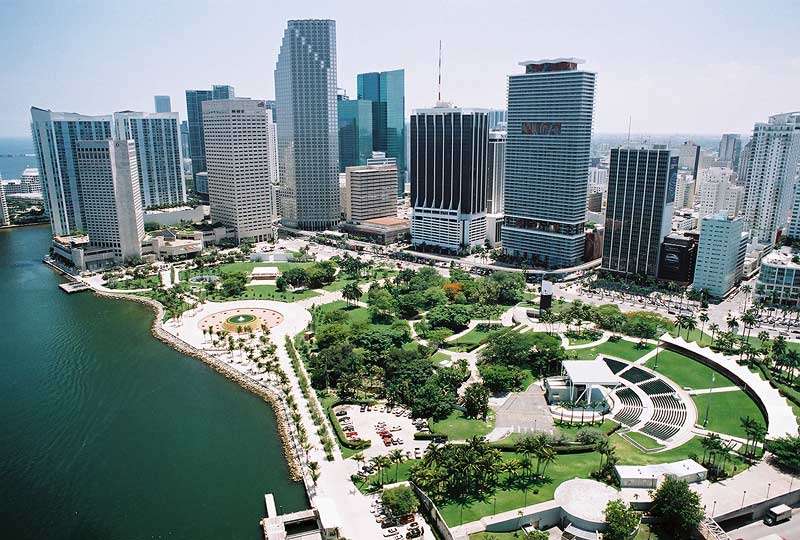(5/4 11:42) Correction: Ultra did not gross $79 million in 2013. Per our contact, “It would be more accurate to say that ‘In 2012, Ultra Music Festival helped bring in $79 million in economic impact to the local South Florida economy.’ Which means, having the event in Miami produced an increase in economic growth by attracting customers and business for a variety of local shops, hotels, restaurants, etc. across South Florida.”
Miami has a nasty pollution problem. Everybody who partied at this year’s Ultra Music Festival in Bayfront Park did so on top of soil heavily tainted with arsenic and lead.
During a 2014 survey of the City of Miami’s 112 public parks, many of them, including Bayfront Park, were found to be extremely toxic. The city has already remedied the situation in Merrie Christmas Park, but is neglecting to assist with Ultra’s stomping grounds. “The only city park that the city has not been paying for any of the work, and where there is no plan for the remediation, is Bayfront Park. This is expensive, especially for an organization that doesn’t receive any money from the city of Miami,” says Miami city commissioner Frank Carollo.
Carollo is also the chairman of the Bayfront Park Management Trust, the organization in control of all of Bayfront’s business. In 2013, Ultra grossed over $79 million, doubtless paying a serious chunk to the management trust. Still, the organization is hesitant to undergo fixing the problem, insisting it neither has the funds nor time. One method that has been suggested is removing the entire layer of topsoil, but this approach will take an estimated 18 months and cost over $1 million.
Ultra 2016 won’t wait 18 months.
Several members of the trust board are suggesting the removal of the soil is quite unnecessary and poses no risks, saying “you would have to literally ingest the dirt to get sick.”
In a 2010 study of 55 squared miles in urban Miami, scientists found 16 types of polycyclic aromatic hydorcarbons (PAHs), which are known carcinogens. Every sample of top soil had over 1,000 micrograms of PAHs per kilogram of soil, which is considered heavily contaminated by international standards. It’s not fully known how much of these pollutants may be transferred to humans through the soil, but PAHs can be absorbed into the body via ingestion, inhalation, and skin contact.
Bayfront Park was created in 1925, using mud pumped from Biscayne Bay to fill a 62.5 acre plot of land. Florida East Coast Railway used the park as a shipyard for many years, and in the 1980’s the park received a landscape redesign. City officials have no clue how the soil became so toxic, and until recently, the soil was never tested.
Regardless of health concerns, leasing the park to event organizers is a major revenue stream for the Bayfront Park Management Trust, and they’re not likely to jeopardize over a year’s worth of income.
Source: Miami New Times










